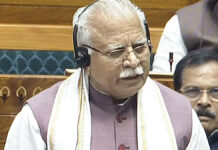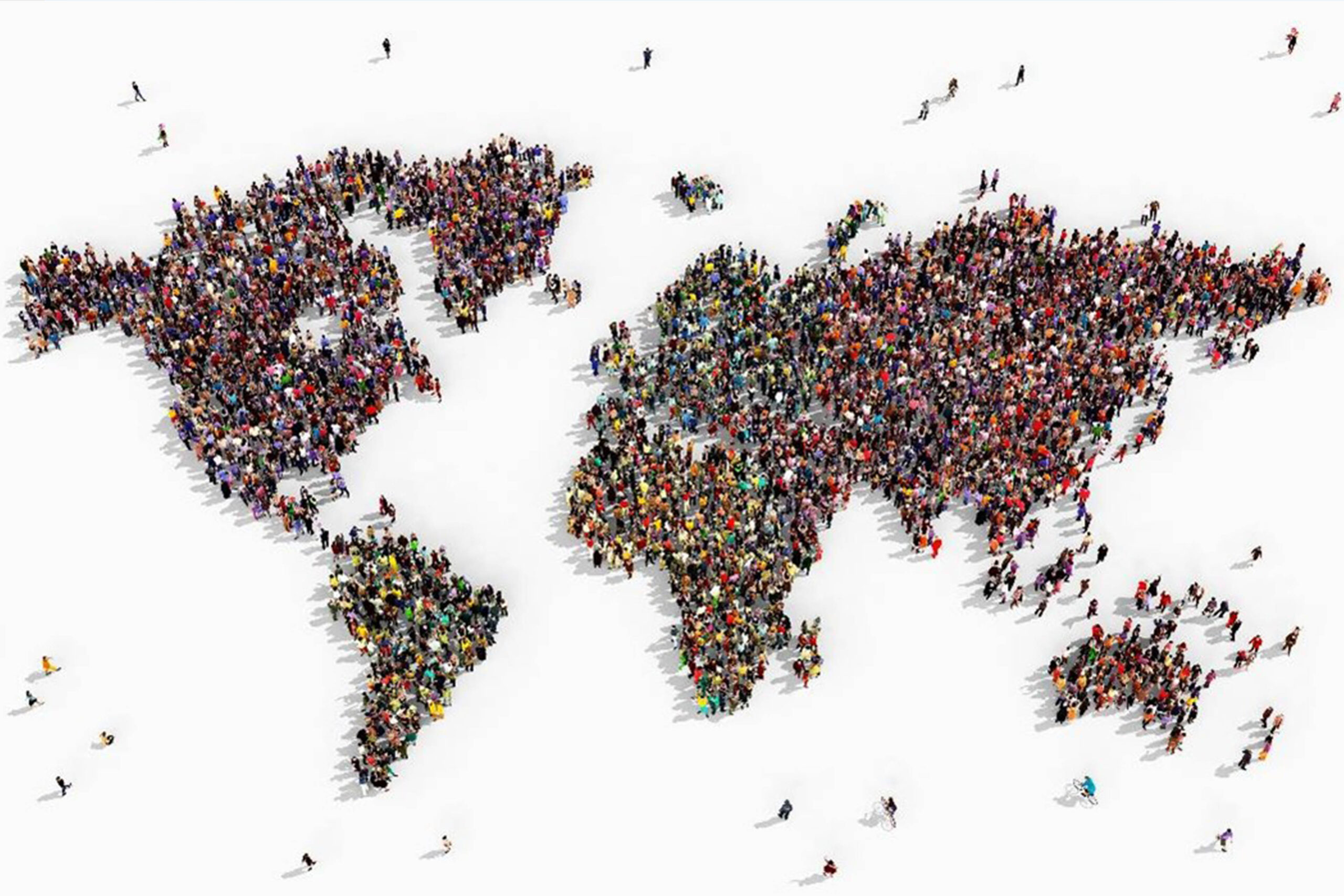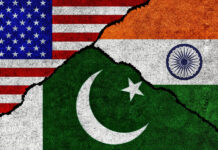US President Donald Trump lashed out at Beijing and vowed a quick response to China’s plans for new tariffs, while ordering American companies to leave the country. The blistering Twitter screed called into doubt chances for a quick resolution to the escalating trade war between the world’s economic superpowers, which by the end of the year will cover nearly all imports and exports exchanged between the two countries. “We don’t need China and, frankly, would be far… better off without them, Trump said. The trade friction already has slowed US growth, and undercut the global economy, so the threat of a deterioration sent stock markets falling sharply. The Dow lost more than 500 points from its peak, while London’s FTSE and the German DAX also lost ground. “Our Country has lost, stupidly, Trillions of Dollars with China over many years. They have stolen our Intellectual Property at a rate of Hundreds of Billions of Dollars a year, & they want to continue. I won’t let that happen!,” Trump wrote. “Our great American companies are hereby ordered to immediately start looking for an alternative to China, including bringing… your companies HOME and making your products in the USA.” It is unclear under what authority Trump could demand private companies alter their production. The outburst came after China announced Friday it will hit US soybeans, lobsters, peanut butter and other imports worth USD 75 billion with new tariffs in retaliation for Washington latest round of punitive duties due to take effect in two rounds, September 1 and December 15. “I will be responding to China’s Tariffs this afternoon. This is a GREAT opportunity for the United States,” he tweeted. China’s punitive tariffs of 5 to 10 per cent will apply to 5,078 US items, starting September 1 and December 15, China’s state council tariff office said. Beijing also announced it will reimpose a 25 percent tariff on US autos and a 5 per cent tariff on auto parts, also starting December 15. China had lifted those tariffs earlier this year as a goodwill measure while trade talks were underway. Trump already imposed steep tariffs on USD 250 billion in Chinese goods, with a further USD 300 billion in imports targeted in the coming rounds. Meanwhile China has hit back with duties on around USD 110 billion of US goods — or nearly all of the USD 120 billion worth of American goods it imported last year. Some of those goods will now have their tariff rates raised even further. China’s commerce ministry said it will hit American frozen lobster, frozen chicken feet, peanut butter and 914 other goods with new 10 percent punitive tariffs starting September 1. Soybeans, crude oil and other energy goods face 5 per cent tariffs. The US actions “have led to the continuous escalation of China-US economic and trade frictions, violating the consensus reached by the two heads of state in Argentina and the consensus reached in Osaka,” China’s State Council Tariff Commission Office said in a statement. “China’s adoption of punitive tariff measures is forced under the pressure of US unilateralism and trade protectionism,” the office said. US-made mango juice, electric buses and chemical products face 10 percent duties come mid-December while smaller aircraft, hand pumps and bearings will be hit with 5 per cent taxes. Federal Reserve Chair Jerome Powell warned in a speech Friday that trade tensions were exacerbating the global slowdown and the central bank does not have a “rulebook” for dealing with the fallout. But he also vowed to “act as appropriate” to sustain the sustain the US economy. An alarm bell went off in the US Treasury bond market last week when 10-year bond yields briefly fell below the yields offered on a two-year bond — the inverse of what normally happens and seen as a sign of looming recession. US officials have said in recent days that trade talks with China will continue face-to-face next month. However China’s commerce ministry spokesman Gao Feng said Thursday he had no information on the next round of meetings, while noting the two sides remain in contact. The two economic giants are squaring off in an increasing number of areas with officials and spokespeople taking daily shots at each other over trade, territorial disputes in the South China Sea, protests in Hong Kong and US actions against Chinese tech giant Huawei.

Dogra Herald is the media of J & K, breaking language and geographical barriers, connecting J & K to the rest of India.
0191 245 4946
info@dograherald.com
Latest articles
DD&OE, JU lifts the 22nd Annual Veeranna Aivalli memorial debate competition trophy
DOGRA HERALD BUREAUJAMMU, Dec 21Indian Institute of Public Administration, J&K Regional Branch and J&K Police in collaboration...
Over 16 crore 25 lakh doses of Covid-19 vaccines administered in country
iamjkstarr - 0
NEW DELHI: India has administered over 16 crore 25 lakh Covid-19 vaccine doses in the country so far. Union Health Ministry said...
Arvind Kejriwal meets Punjab CM Bhagwant Mann. What did they discuss?
AGENCYNEW DELHI, Feb 11Facing a political crisis, AAP national convener Arvind Kejriwal on Tuesday held a meeting with Punjab CM Bhagwant Mann,...

























